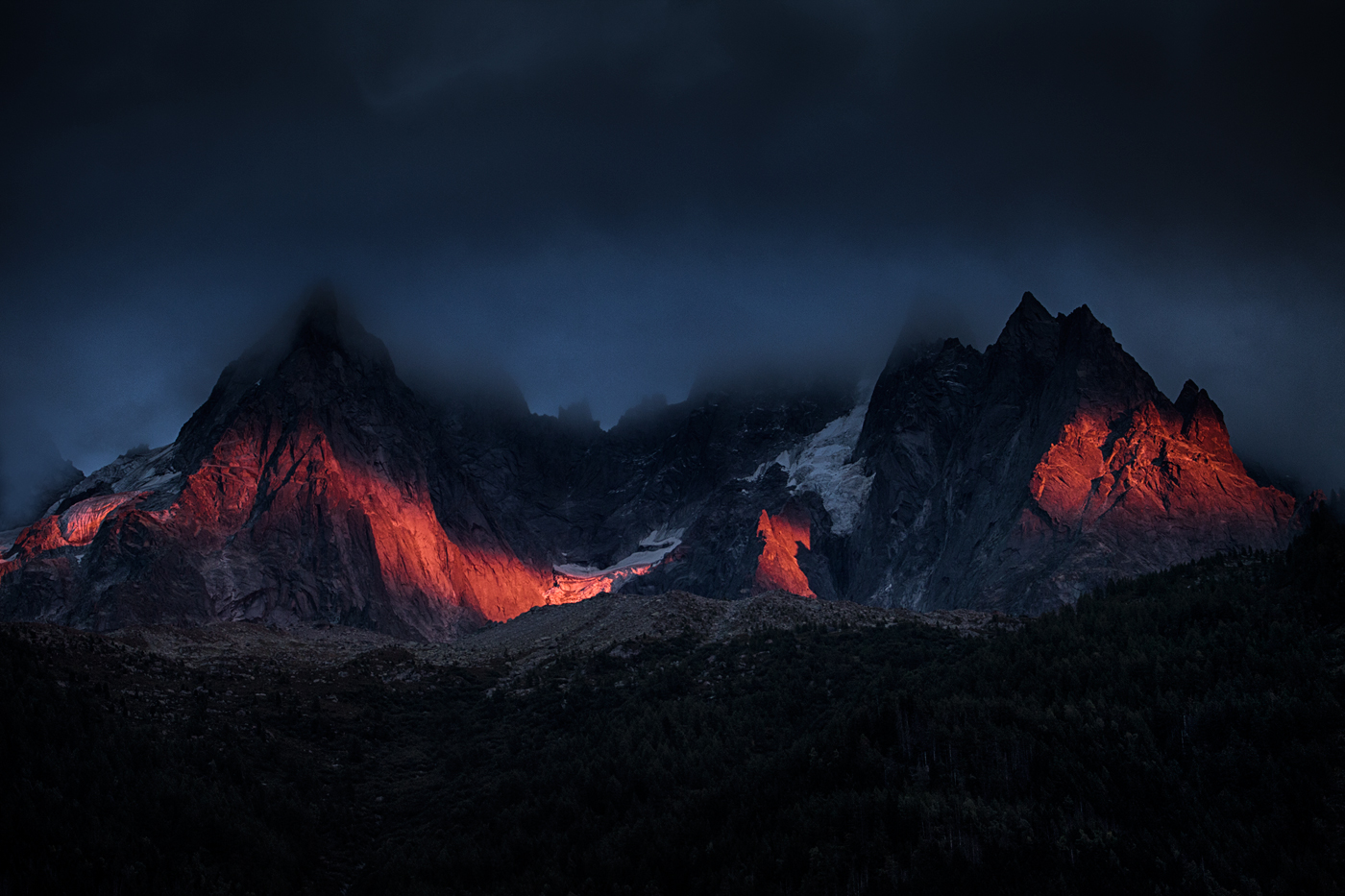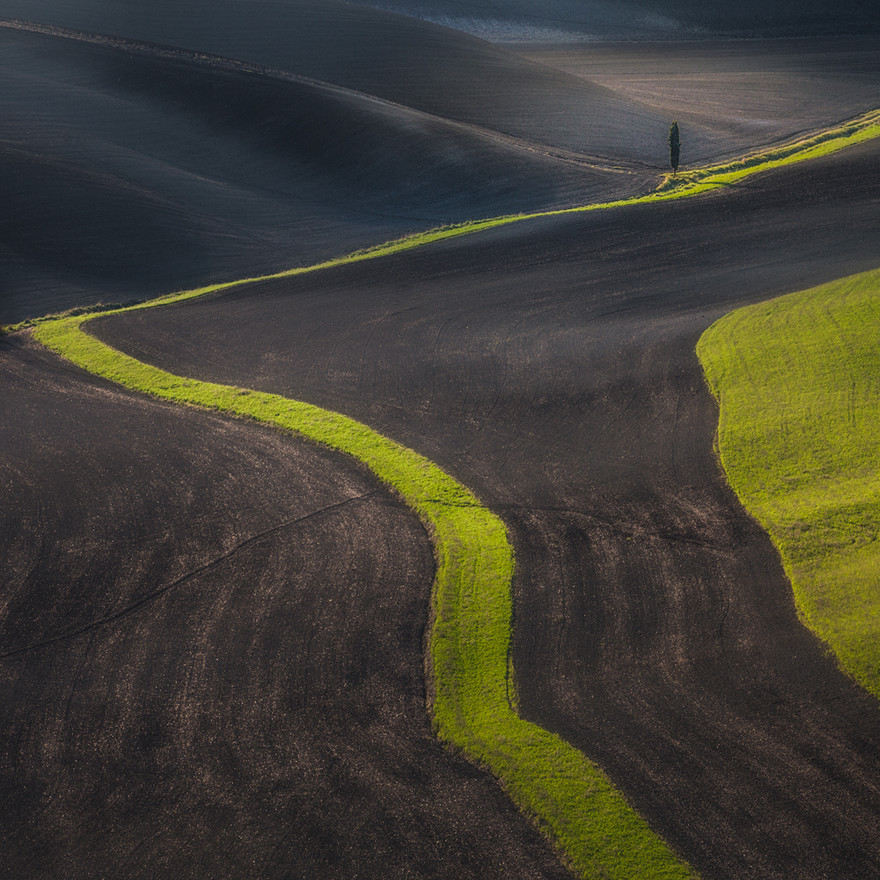Peter Svoboda is a photographer, judge and curator based in Slovakia. He is a member of FEP (Federation of European photographers) and APFSR (Association of Slovak professional Photographers). Peter's work is mainly focused on landscapes showing a strong mood and interesting light, in colour and in black&white. His pictures are known as precisely composed, often capturing rare moments of human presence in nature. Peter's photographs were exhibited in well-known galleries around the globe and published in countless international magazines, to name a few, National Geographic, Guardian, Telegraph, German Alpha Photo magazine, Landscape Photography Magazine. His work was awarded in many prestigious international competitions, amongst them: Prix de la photography Paris 2019, Moscow Int. Foto Awards 2019, Tierenberg Super Circuit 2019, European Golden Landscape Camera 2018, Sony World Photography Awards 2016, Tokyo International Foto Awards 216 and many more.
https://www.petersvobodaphotography.com
1. What was your path to become a photographer?
My photography journey has been influenced by my father who was a
passionate amateur photographer, and he even created a dark room in our house. As a young boy I was able to develop film pictures myself. As a teenager I studied also at art school and I loved oil paintings. Later on, I took pictures on
transparent and BW film, and there arisen an intention to shoot landscapes
having a bigger power. This passion lasted from my teenage years until now.
Beside my photography, I am also a curator and international photography judge in some competitions, for example European Professional Photographer of the Year.
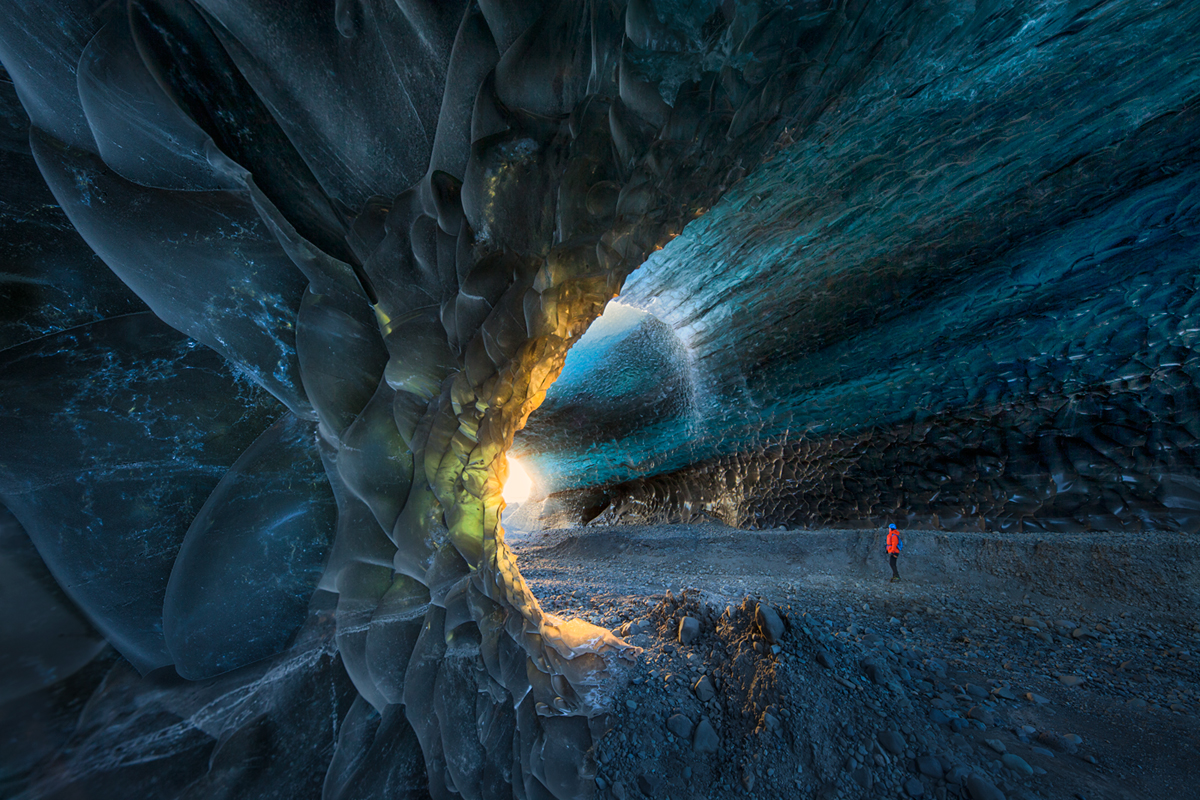
2. Do you prefer to photograph close to home or do you find faraway
places more inspiring? Are there any special places that inspire you the
most to create new work?
That depends on my artistic plans as well as on the theme I am going for. Of
course, there are amazing places that are far away from my home, and the
only possibility is to travel far away to capture such subjects. On the other
hand I love travelling and discovering new places on our beautiful planet and
this is a part of my exciting photography journey. I love shooting in many of
amazing places such as Patagonia, Northern Norway, Iceland, Faroe Islands,
Dolomites, Swiss and French Alps, and also beautiful corners of my own
country, especially High and Low Tatras mountains.
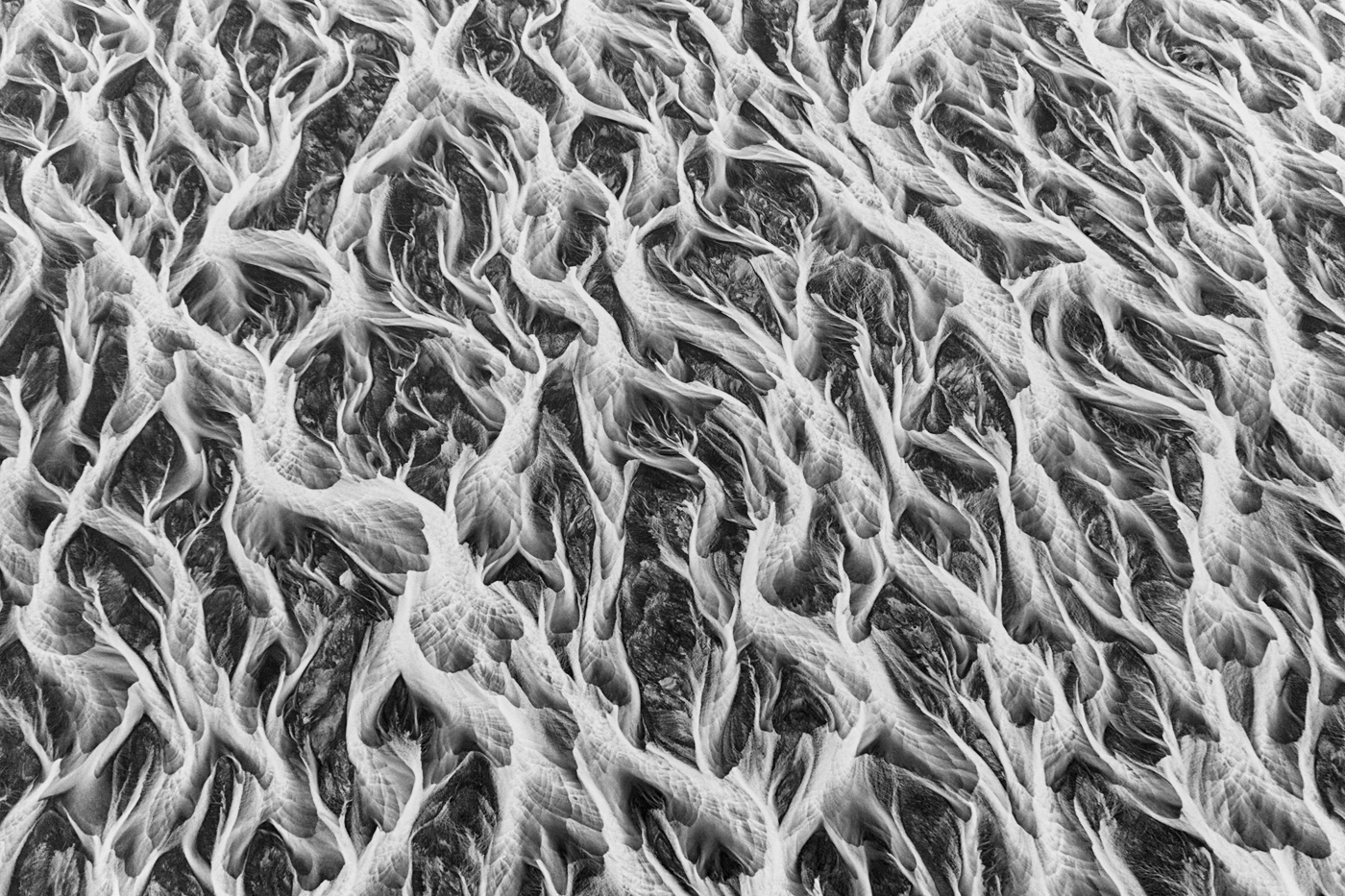
3. Are you a meticulous pre-planer or do you prefer creating images
spontaneously? Do you revisit your favourite places many times to
achieve the required result? Can you tell us more about your method of
working?
In most cases I am planning my shooting in advance. I would dare to say I am a
bit meticulous in doing that. I mean especially choosing the theme I go for, as
well as the and timing of planned shooting. Letting the result only to a matter
of chance decreases the possibility of success in my opinion. Regarding the
method of my work, I study the subject in advance before a serious shooting.
Previsualisation of the result is very important part in my artistic journey. I
need to know in advance what result I wish to get, only then I am backpacking
and travelling. I usually do revisit my favourite places and study the composition and light conditions of the place. I usually take some study shots before the serous shooting. Then I study such and I find what to expect from the scene, and what conditions may lead to the best result. This is why I often visit the same place until I get what I wish. On the other hand, there are still places I did not get what I intended despite my twenty visits. But as always, I am happy to visit it again.
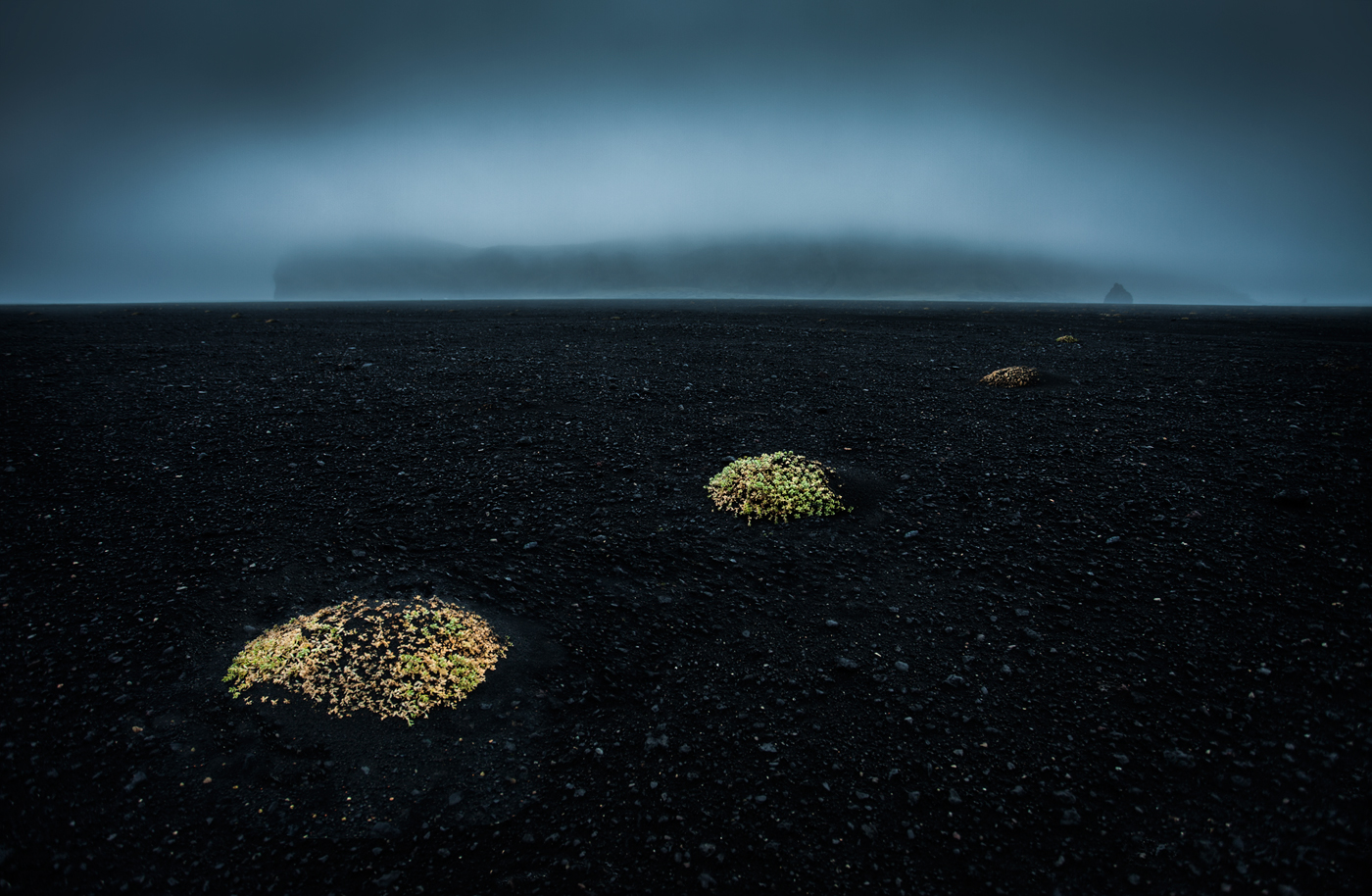
4. Terra Quantum displays themes and series portfolios; do you like
working to the project/series/theme or find creating individual images
more rewarding?
Yes, I do like working on series. There are many themes that work better
together as set of pictures unlike of presenting only a single shot.
Nevertheless, that doesn’t mean that I do not like a single and strong captures.
There are times when I am really happy with just one good shot.
5. Can you tell us a bit more about one chosen photograph – what is the
story behind it, when/why/how it was created?
“Stormy winds over the Torres del Paine” was probably the most interesting,
but also, the most challenging shooting I have ever experienced. I was taking
this picture under really rough conditions as the winds speed hit almost
hurricane force. My decision was to create a blurry effect of rolling waves of
Lago Pehoe in the foreground. I was standing with both of my feet on the
tripod to reduce a risk that it will be blown away with my gear. I was pushed by
sudden gust of wind and almost fell down several times, together with the
tripod. The wind was so strong that it took water drops from the lake surface
and created a massive spray on my lens. It was hard to keep my lens dry even
for a few seconds exposition. Luckily, everything went well and three minutes light appearance over the Cuernos Towers helped to make the result even better.
6. Colour, b&w or both? How do you decide about the elimination or
inclusion of colour and why. When do you decide about it - in the field, or
during the post processing?
It depends on particular scene I am taking. In most cases I am sure what result will look better, b&w or colour. Usually I prefer colour, when the scene is attractive, mainly because it. On the other hand, there are many cases when colour distracts, so b&w helps to emphasize the mood and the story. Most of my minimalist pictures are in b&w.
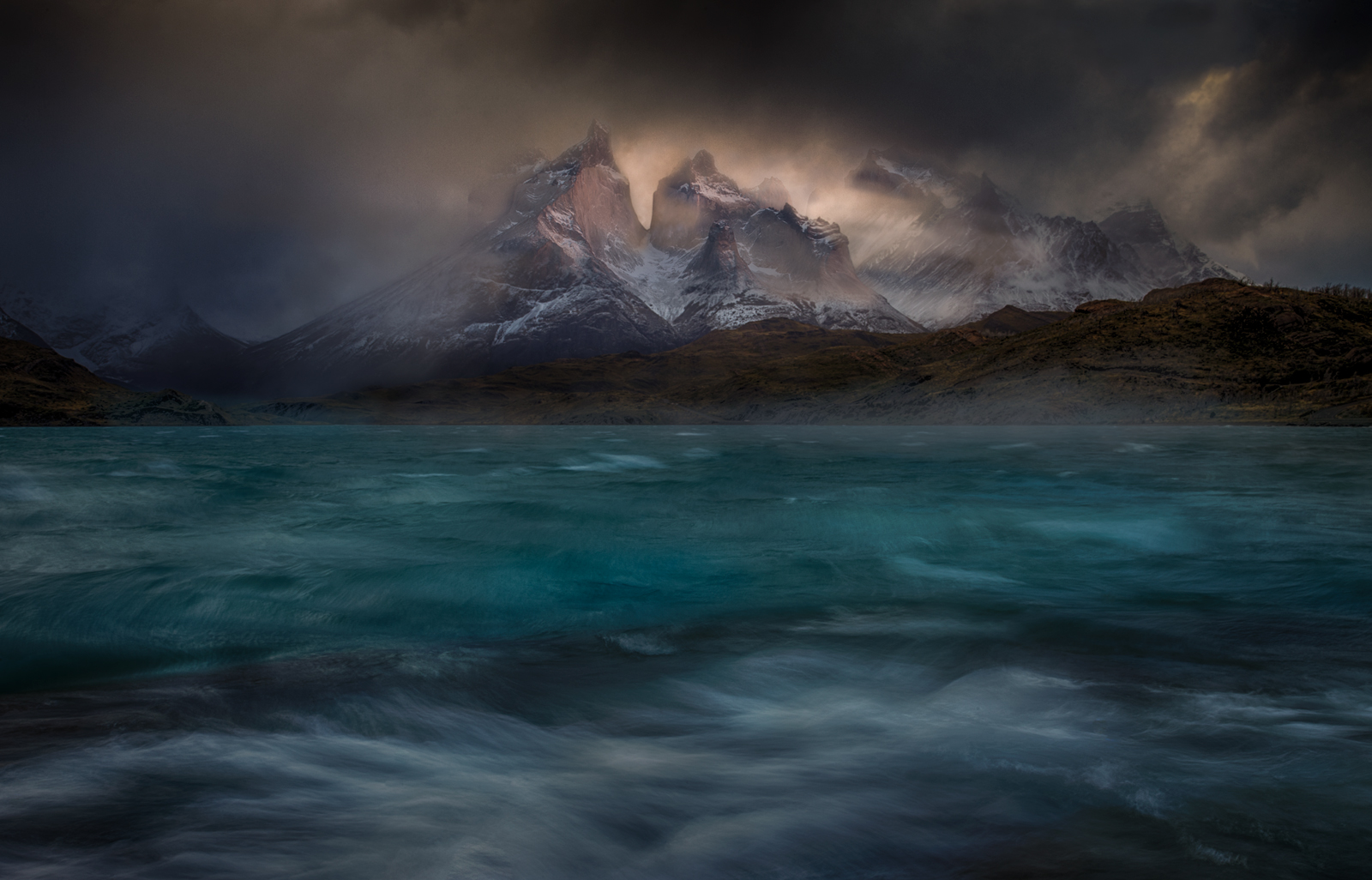
6. Colour, b&w or both? How do you decide about the elimination or
inclusion of colour and why. When do you decide about it - in the field, or
during the post processing?
It depends on particular scene I am taking. In most cases I am sure what result will look better, b&w or colour. Usually I prefer colour, when the scene is attractive, mainly because it. On the other hand, there are many cases when colour distracts, so b&w helps to emphasize the mood and the story. Most of my minimalist pictures are in b&w.
7. Do you find printing your images yourself as an integral part of image
creation or do you use professional labs? How important is the choice of
paper for you?
Of course, only prints are real pictures. I think that digital image is still less
sustainable and can vanish forever one day. I do prefer high quality surfaces for printing, such as cotton paper or metallic prints.
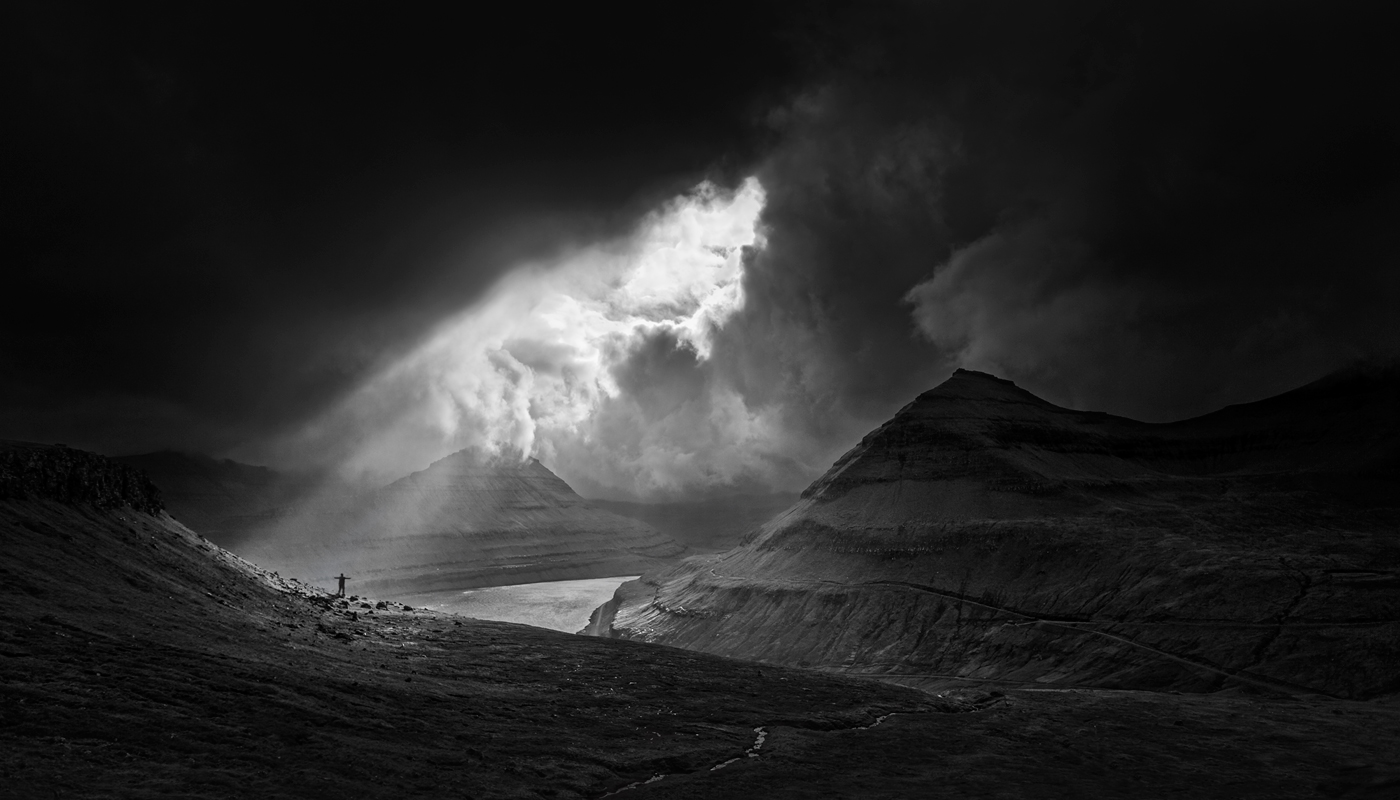
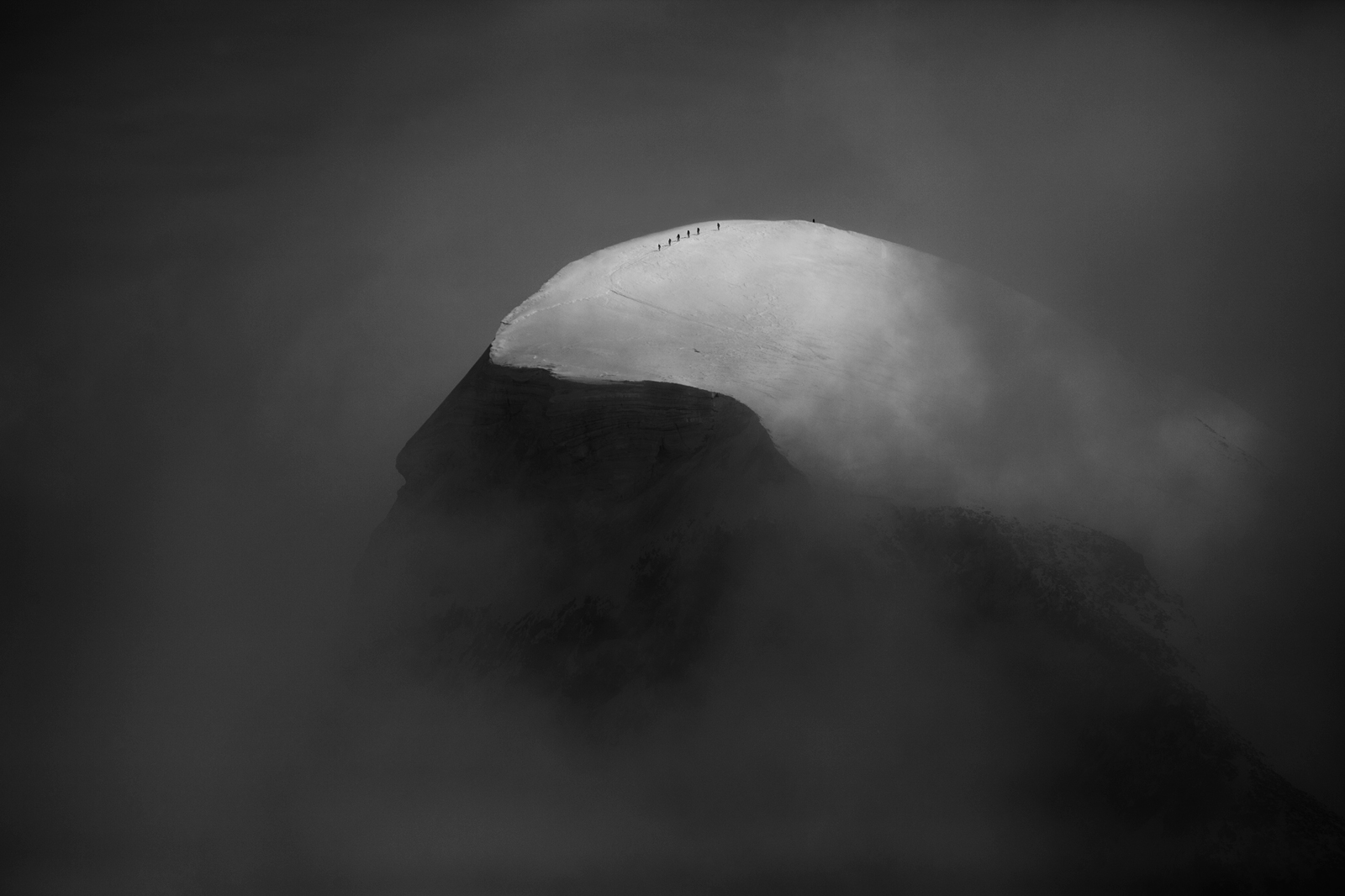
8. Do you think that social media is killing photography or playing an
important role in promoting your work? How involved are you in your
online presence?
No, I don’t think so. It’s ok if a photographer uses his social media profile for
spreading his art. There is bigger chance for him to be discovered and seen.
I am using it regularly for promoting my work and for increasing numbers of
followers.
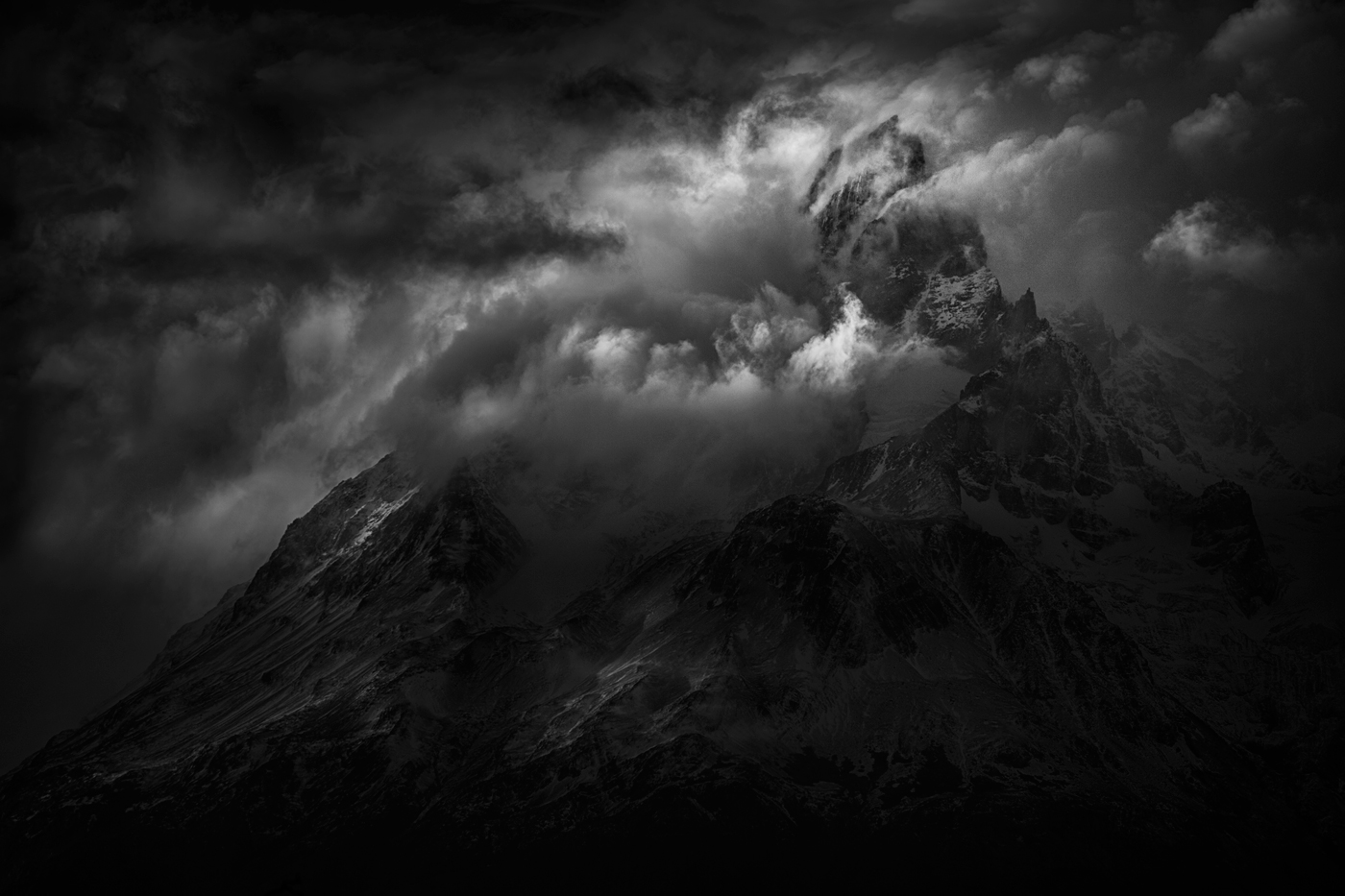
9. Do you have any plans for exhibitions, books or any interesting projects
coming? Can you tell us a bit more about your artistic plans for the next
couple of years?
Last year I had a successful exhibition in the gallery in High Tatras mountains
named “Under the shadows of Giants”, which lasted 3 months. I have plans to
organize another one in my hometown and also exhibit in other European
cities. I am working on a few projects recently. One of these long-term project
is a book focused on composition and creating artistic landscapes; it
will be a rather helpful guide for photographers of any skill level.
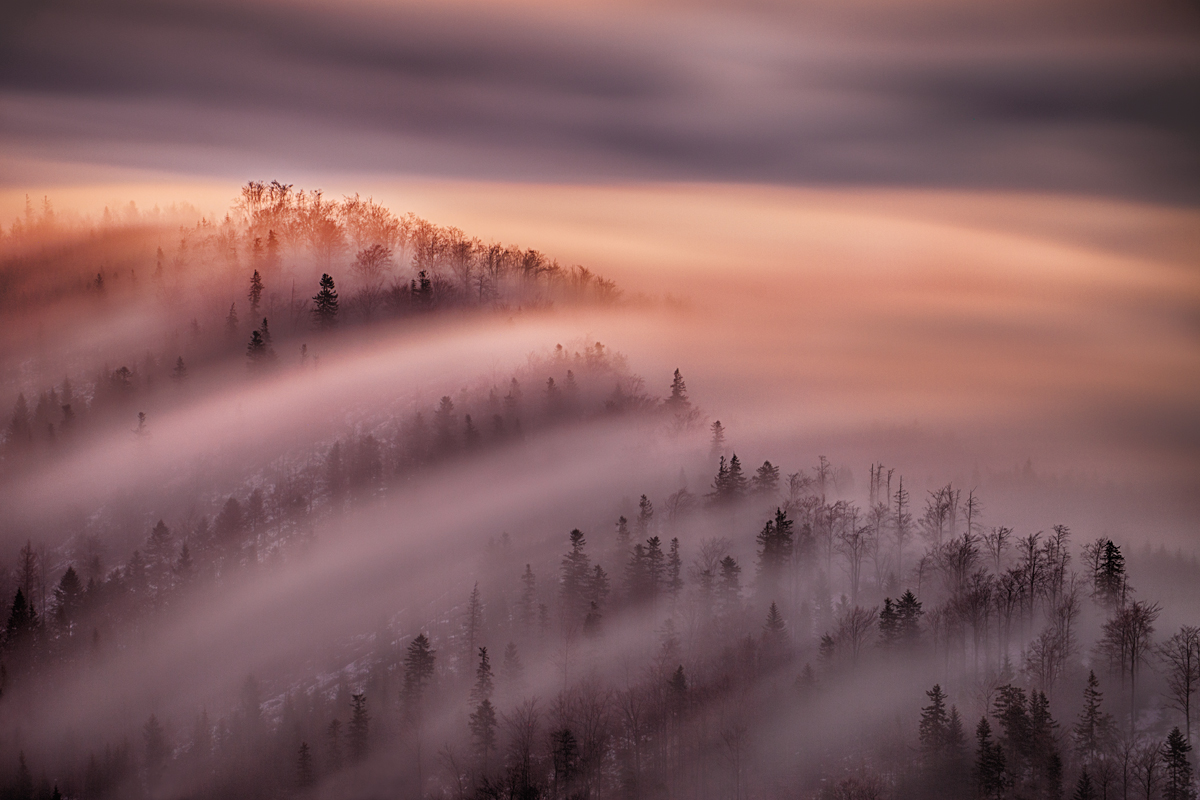
10.We are living on the most beautiful planet, yet it is over-burdened and
over-polluted. As photography is an influential medium, do you use the
power of your photographs to promote our Earth appreciation and
environmental awareness? Any thoughts how photographers in general
can become more involved in this important matter?
Yes, I do. My favourite theme is showing human’s appreciation to nature. It is
especially seen in my winter minimalist work in high mountain terrain. I am
searching there for a strong story and special compositions that show how
small we are on our planet. Conveying how fragile we are, the Earth and human beings is a big challenge for me every time I am out with my camera. I had a few projects lately focused on Global Climate change too. I have visited and documented some glaciers during the last 7 years. Melting of ice mass is happening faster every year. Many ice caves and tunnels inside the glaciers collapsed because of it. I created a rather interesting collection of pictures which cannot be taken anymore, as those amazing places disappeared forever. Nevertheless, I am convinced that showing public the true and fragile gems of our beautiful planet can make people understand that this beauty may not last forever, and we have to protect the Earth just to keep it for further generations.
